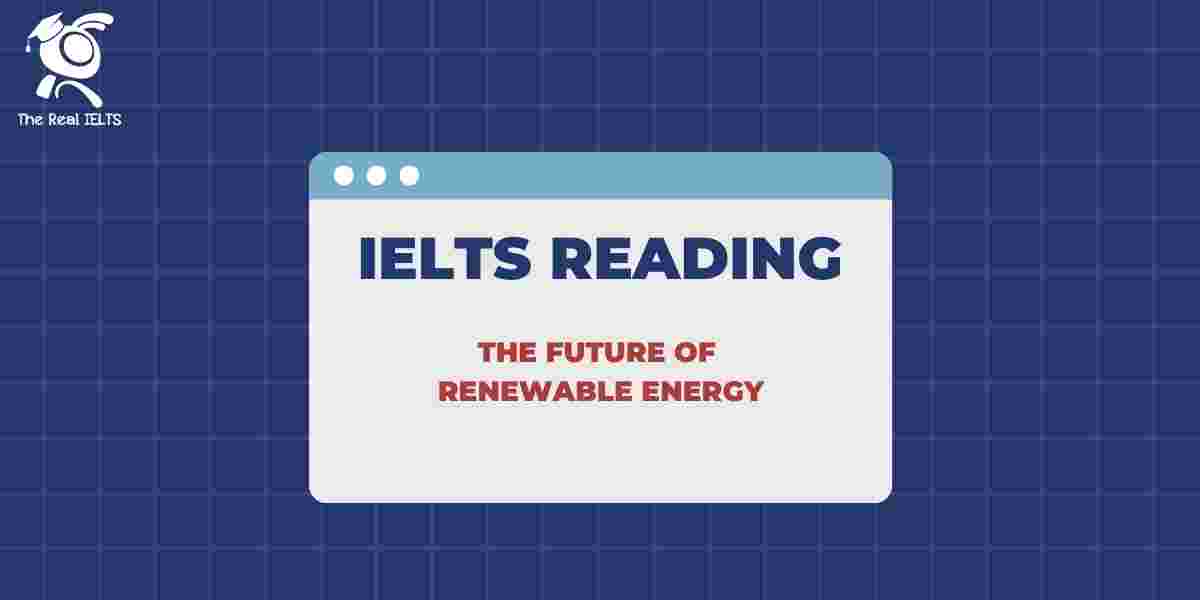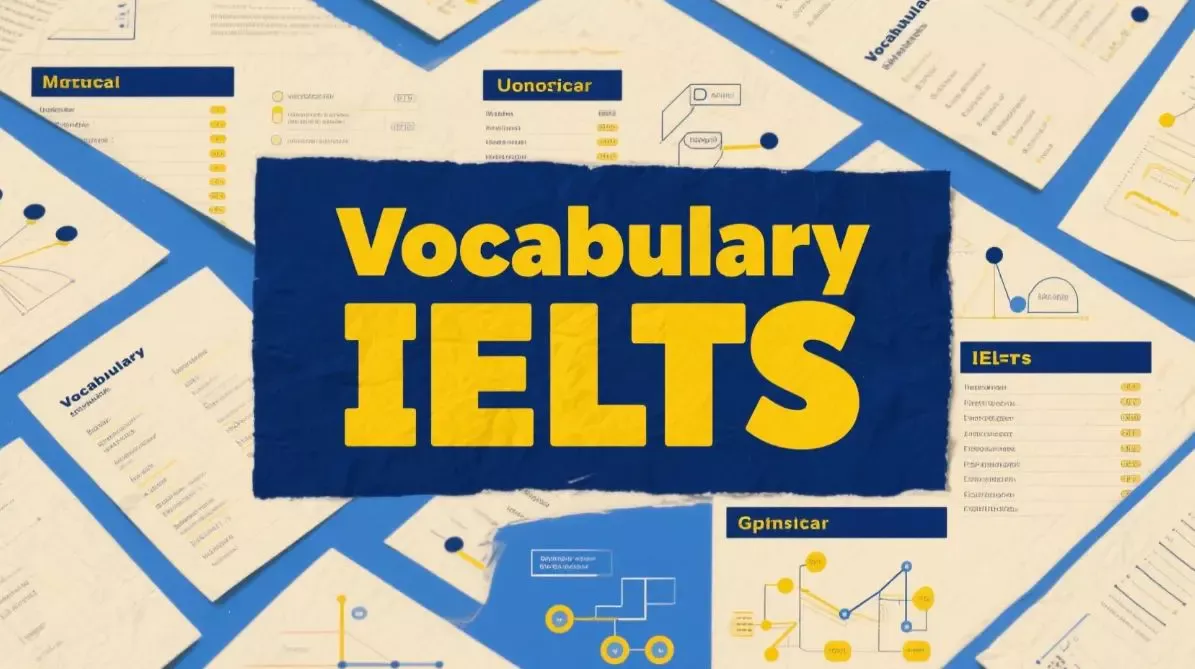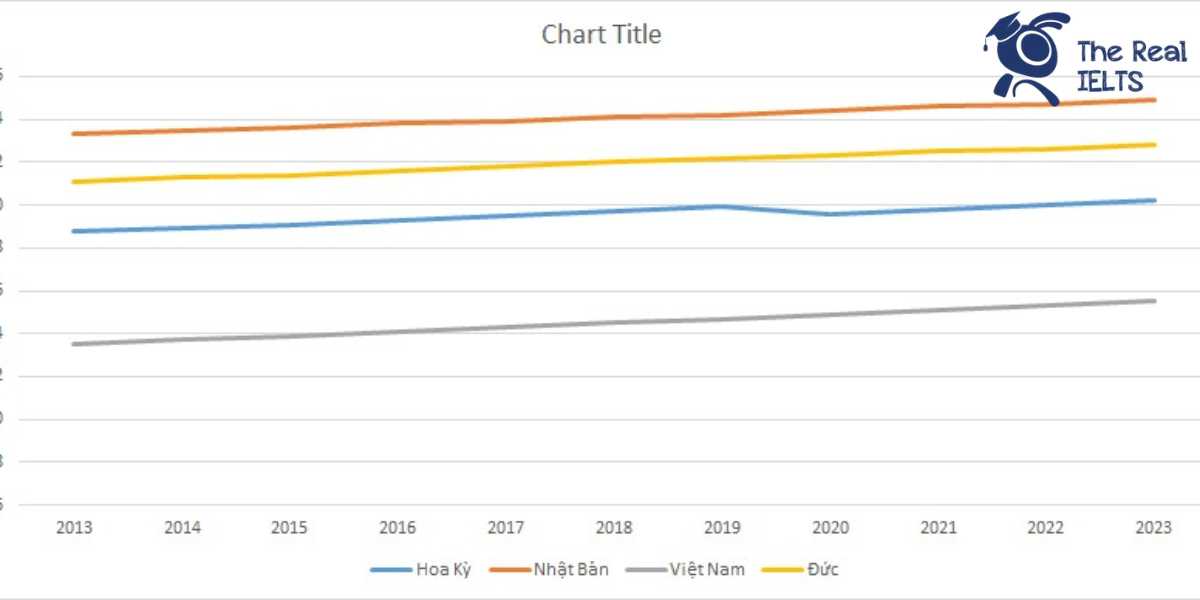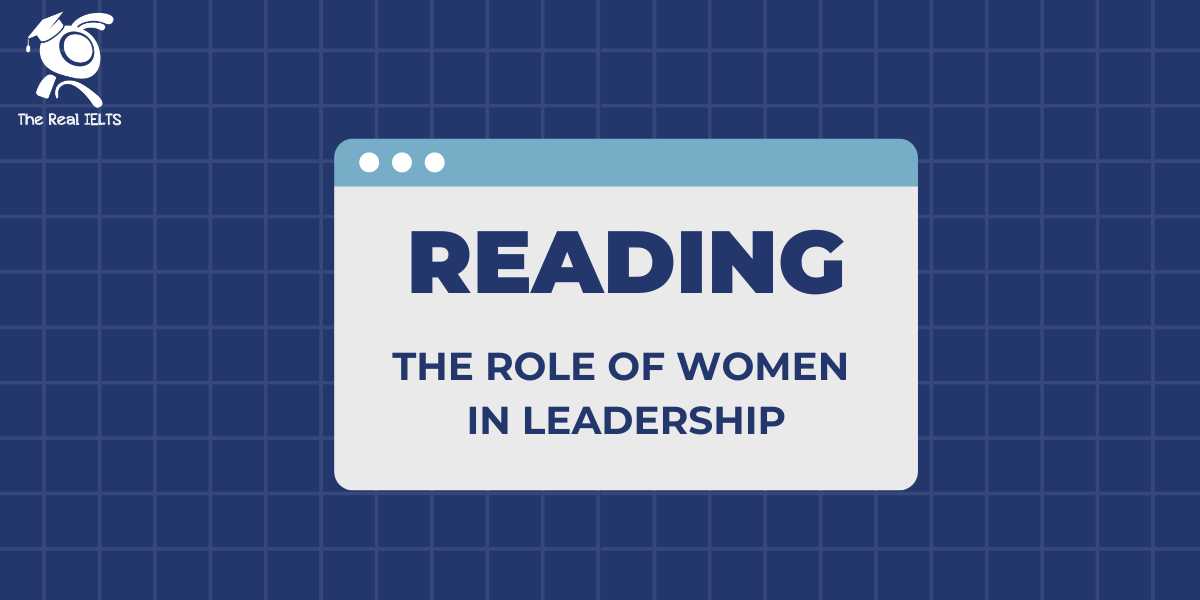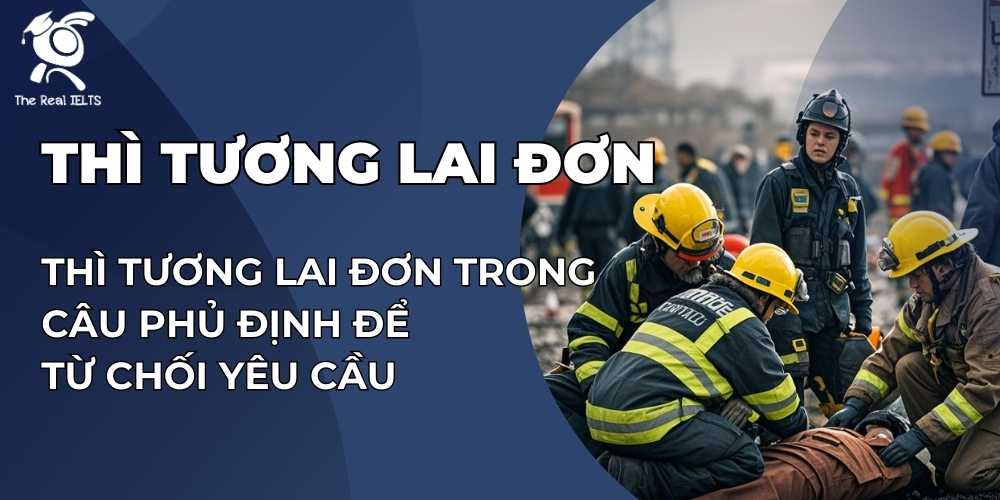Đề thi IELTS Reading có tiêu đề “The Impact of Fast Fashion on the Environment”
Nhớ đọc thêm các bài luyện thi IELTS nhé.
IELTS Reading:”The Impact of Fast Fashion on the Environment“
Fast fashion, a term that refers to the rapid production of inexpensive clothing to meet the latest trends, has revolutionized the fashion industry. However, its environmental impact has become a subject of increasing concern. This essay explores how fast fashion contributes to environmental degradation through excessive resource consumption, waste generation, and pollution.
One of the primary environmental issues associated with fast fashion is its reliance on non-renewable resources. The rapid production of clothing requires vast quantities of raw materials, such as cotton, polyester, and other synthetic fibers. Cotton cultivation, for instance, is water-intensive and often involves the use of pesticides and fertilizers, which can lead to soil degradation and water pollution. Polyester, a popular fabric in fast fashion, is derived from petroleum, a finite resource. The production of polyester not only depletes fossil fuels but also releases harmful emissions into the atmosphere, contributing to climate change.
Moreover, the fast fashion industry thrives on the concept of disposable clothing. Brands constantly churn out new collections, encouraging consumers to buy more clothes at lower prices. As a result, garments are often worn only a few times before being discarded. According to research, millions of tons of textile waste end up in landfills each year, where they take decades or even centuries to decompose. Synthetic fabrics like polyester are particularly problematic because they are non-biodegradable and release microplastics into the environment as they break down. These microplastics can enter water bodies, posing a threat to marine life and ultimately making their way into the human food chain.
In addition to waste, fast fashion also contributes significantly to water pollution. The dyeing and finishing processes used in clothing production involve toxic chemicals that are often discharged into rivers and streams. These chemicals can harm aquatic ecosystems and contaminate drinking water sources. For instance, the fashion industry is one of the largest polluters of clean water globally, second only to agriculture. In countries where environmental regulations are lax, the problem is even more severe, with untreated wastewater from textile factories flowing directly into water bodies.
Furthermore, the carbon footprint of fast fashion is considerable. The industry is responsible for approximately 10% of global carbon emissions, more than the aviation and maritime shipping industries combined. This high carbon output is due to the energy-intensive processes involved in manufacturing, transporting, and distributing clothing. The globalized nature of fast fashion means that raw materials are often sourced from one country, processed in another, and then sold in yet another, resulting in extensive transportation emissions.
Another aspect to consider is the social and ethical implications of fast fashion, which are closely tied to its environmental impact. The industry often relies on cheap labor in developing countries, where workers are subjected to poor working conditions and low wages. Factories in these regions may operate with minimal regard for environmental standards, leading to increased pollution and resource depletion. The pressure to produce large quantities of clothing quickly and cheaply often results in practices that harm both people and the planet.
Efforts to mitigate the environmental impact of fast fashion have gained momentum in recent years. Some brands are adopting sustainable practices, such as using organic or recycled materials, reducing water and energy consumption, and minimizing waste. Consumers are also becoming more conscious of their buying habits, opting for quality over quantity and supporting brands with ethical and sustainable practices. However, these changes are still in their infancy and face significant challenges, as the fast fashion model is deeply entrenched in the global economy.
In conclusion, the environmental impact of fast fashion is far-reaching, affecting everything from natural resource depletion and waste generation to water and air pollution. While steps are being taken to address these issues, a comprehensive shift towards sustainability in the fashion industry is needed. This will require not only changes in production practices but also a transformation in consumer behavior, where the emphasis shifts from fast, disposable fashion to durable, ethically-produced clothing.
Đề bài thi IELTS Reading
Multiple Choice Questions
- The concept of World Heritage Sites was formally established in:
- A) 1945
- B) 1960
- C) 1972
- D) 1985
- The campaign to save which site inspired the World Heritage Convention?
- A) Machu Picchu
- B) The Great Wall of China
- C) The temples of Abu Simbel
- D) The Eiffel Tower
- Which organization is responsible for identifying and designating World Heritage Sites?
- A) United Nations
- B) UNESCO
- C) World Bank
- D) The World Heritage Committee
- Which of the following is NOT a criterion for a site to be designated as a World Heritage Site?
- A) Cultural significance
- B) Natural beauty
- C) Ability to generate income
- D) Ability to illustrate a significant stage in human history
- World Heritage Sites contribute to local economies by:
- A) Attracting millions of visitors
- B) Encouraging local farming
- C) Reducing unemployment rates
- D) Providing education to locals
- Which World Heritage Site is mentioned as being under threat from climate change?
- A) Great Wall of China
- B) Machu Picchu
- C) Great Barrier Reef
- D) Taj Mahal
- The World Heritage Fund provides:
- A) Loans to member states
- B) Financial assistance to designated sites
- C) Scholarships for students
- D) Grants for local businesses
- The preservation of World Heritage Sites is considered a global priority because:
- A) They belong to a single nation
- B) They reflect humanity’s shared heritage
- C) They are sources of military strength
- D) They promote global trade
True/False/Not Given
- The idea of World Heritage Sites was developed after World War I.
- A) True
- B) False
- C) Not Given
- The World Heritage Convention was inspired by the failure to save the temples of Abu Simbel.
- A) True
- B) False
- C) Not Given
- The World Heritage Committee consists of 25 member states.
- A) True
- B) False
- C) Not Given
- UNESCO helps protect biodiversity by preserving natural World Heritage Sites.
- A) True
- B) False
- C) Not Given
- The Great Wall of China is mentioned as a World Heritage Site under threat from pollution.
- A) True
- B) False
- C) Not Given
- The preservation of World Heritage Sites requires both international cooperation and vigilance.
- A) True
- B) False
- C) Not Given
Yes/No/Not Given
- Does the author believe that cultural homogenization is a threat to World Heritage Sites?
- A) Yes
- B) No
- C) Not Given
- Is it the author’s opinion that World Heritage Sites should generate revenue for their preservation?
- A) Yes
- B) No
- C) Not Given
- Does the author suggest that World Heritage Sites contribute to reducing urbanization?
- A) Yes
- B) No
- C) Not Given
Matching Information
- Match the following events with their significance:
- A) Adoption of the World Heritage Convention
- B) Campaign to save the temples of Abu Simbel
- C) Establishment of the World Heritage Committee
i. Inspired the creation of the World Heritage program
ii. Formal establishment of World Heritage Sites
iii. Organization responsible for site designation
Matching Headings
- Match the paragraphs with the appropriate headings:
- A) The Birth of the World Heritage Program
- B) The Role of UNESCO in Heritage Preservation
- C) The Global Impact of World Heritage Sites
- D) Challenges Facing World Heritage Sites
i. Paragraph 1
ii. Paragraph 2
iii. Paragraph 3
iv. Paragraph 5
Matching Sentence Endings
- Match the sentence beginnings with the correct endings:
- A) The World Heritage Convention was inspired by
- B) World Heritage Sites play a role in
- C) The Great Barrier Reef is threatened by
i. sustainable development and tourism
ii. the campaign to save Abu Simbel
iii. coral bleaching due to rising temperatures
Sentence Completion
- The World Heritage Convention was adopted in the year ________.
- The successful campaign to save the temples of ________ demonstrated the power of global cooperation.
- The World Heritage Committee reviews nominations based on ________ criteria.
- By preserving World Heritage Sites, UNESCO helps to protect both cultural diversity and ________.
- World Heritage Sites attract ________ of visitors each year, contributing to local economies.
Short Answer Questions
- In which decade was the World Heritage Convention established?
- What international organization is responsible for the World Heritage Sites program?
- What is one of the main roles of the World Heritage Committee?
- Why was the campaign to save Abu Simbel significant in the history of World Heritage Sites?
- What financial support can designated World Heritage Sites receive?
- How do World Heritage Sites contribute to global understanding?
- Name one World Heritage Site mentioned in the passage that is under threat.
- What is one of the challenges mentioned that threatens World Heritage Sites?
Summary Completion
34-37. Complete the summary using the list of words below:
List of words: biodiversity, sustainable, cultural, conflict, pollution, local economies, destruction
The World Heritage Sites are of great importance as they promote ________ development and contribute to ________. However, many sites face threats from ________, urbanization, and ________.
Diagram Label Completion
38-40. Based on the passage, label the diagram of the World Heritage Sites program:
- Box 1: The body responsible for designating sites
- Box 2: The year the World Heritage Convention was adopted
- Box 3: A significant site that inspired the convention
Đáp án bài thi IELTS Reading
Multiple Choice Questions
- B (Overuse of non-renewable resources)
- C (Polyester)
- A (It requires high levels of pesticides and fertilizers.)
- C (High amounts of textile waste)
- B (It releases microplastics into the environment.)
- B (By discharging toxic dyes into rivers)
- B (Global transportation)
- B (The exploitation of cheap labor)
- B (Organic material usage)
- C (Transformation in consumer behavior and production practices)
True/False/Not Given Questions
- False (Fast fashion relies on non-renewable resources, not renewable resources.)
- False (Polyester is non-biodegradable and takes a long time to decompose.)
- False (Cotton farming is environmentally harmful due to pesticide and fertilizer use.)
- True (The passage mentions that synthetic fabrics release microplastics.)
- False (The passage states that regulations are often lax in certain countries.)
- True (The passage mentions that fast fashion has a significant carbon footprint, more than aviation and maritime shipping combined.)
- False (The passage indicates that fast fashion often exploits cheap labor.)
- Not Given (The passage mentions some brands are adopting sustainable practices, but it doesn’t indicate how widespread this is.)
Yes/No/Not Given Questions
- Not Given (The passage does not express the author’s view on whether fast fashion is economically necessary for developing countries.)
- No (The passage calls for a shift towards sustainability, not a complete ban.)
- Yes (The passage notes that consumers are becoming more aware and opting for quality over quantity.)
- No (The passage suggests reducing the use of synthetic fabrics but doesn’t argue for a complete ban.)
Matching Information Questions
- C (Paragraph 3 discusses the concept of disposable clothing.)
- C (Paragraph 4 connects fast fashion to water pollution.)
- B (Paragraph 5 explores the ethical implications of fast fashion.)
Matching Headings Questions
- A. 1 (Paragraph 1: “Resource Consumption in the Fashion Industry”)
B. 2 (Paragraph 2: “Waste and Disposal Problems”)
C. 3 (Paragraph 3: “Water Pollution from Fast Fashion”)
D. 4 (Paragraph 4: “The Carbon Footprint of Fast Fashion”)
Matching Features Questions
- A. 4 (Cotton cultivation: Resource depletion)
B. 1 (Dyeing processes: Water pollution)
C. 2 (Polyester production: Microplastics)
D. 3 (Global transportation: Carbon emissions)
Matching Sentence Endings Questions
- B (…constantly buy new items.)
- C (…goods are transported across the globe.)
Sentence Completion Questions
- petroleum
- waste
- toxic
- sustainable
Summary Completion Questions
- synthetic fabrics
- cotton and polyester
- carbon emissions
Short Answer Questions
- Water
- Synthetic fabrics
- The fashion industry
- Conscious purchasing behavior
Luyện tập bài khác ở bài viết:”100 bài luyện IELTS Reading 2024 – 2025“


